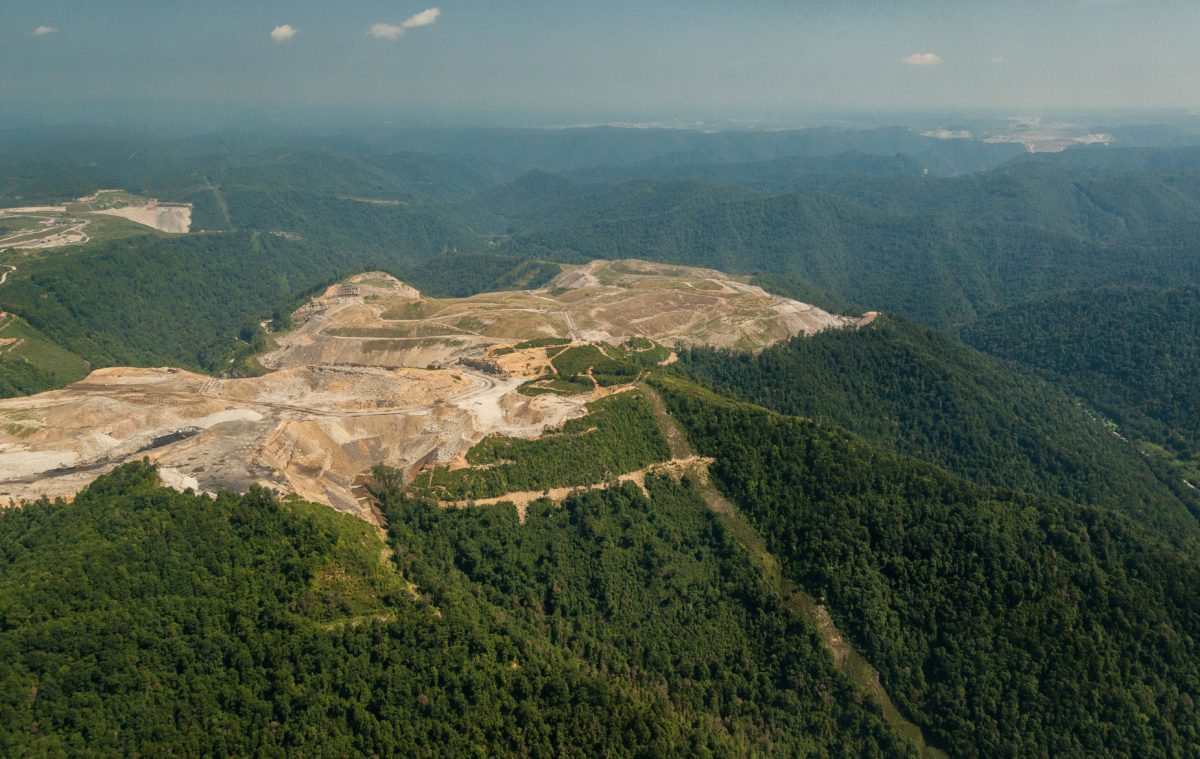The US Department of Energy (DOE) issued a Request for Information (RFI) to inform a $500 million program funded by President Biden’s Bipartisan Infrastructure Law to place clean energy demonstration projects on current or former mine lands. The program will fund clean energy projects on mine lands to benefit communities and their economies, create jobs and cut carbon emissions.
A recent EPA analysis found approximately 17,750 mine land sites located across 1.5 million acres in the United States. If all of these current or former US mine land were to be redeveloped with clean energy projects, up to 89 GW of clean electricity could be deployed, enough to power millions of American homes.
The Environmental Protection Agency has long recommended that Superfund sites, such as abandoned mines, are appropriate for renewable energy projects. Investing in renewable energy can lead to strengthening and diversifying economy in areas formerly considered coal country, according to the report West Virginia’s Energy Future, issued by the Center for Energy and Sustainable Development at the West Virginia University College of Law. The report concludes that continued dependence on coal has many downsides economically, environmentally, and from a health standpoint, while a move to renewables has many benefits, just a few of which include job creation, a diversified economy, and health.
The revitalization of mine land with clean energy deployments will further the objective of the Biden-Harris Administration’s Interagency Working Group on Coal and Power Plant Communities that seeks to deliver federal investment to revitalize hard-hit energy communities. It will also advance the Justice40 Initiative that aims to deliver 40% of the benefits of clean energy and climate investments to disadvantaged communities.
“Developing clean energy on mine lands is an opportunity for fossil fuel communities, which have powered our nation for a generation, to receive an economic boost and play a leadership role in our clean energy transition,” said US Secretary of Energy Jennifer M. Granholm. “The investments in the President’s Bipartisan Infrastructure Law will help America’s mining workforce apply their skills to grow and deploy cheaper, cleaner energy across the country.”
The Clean Energy Demonstration Program on Current and Former Mine Land will support clean energy technologies including solar, geothermal, advanced nuclear and fossil-fueled generation with carbon capture, utilization and sequestration, as well as others. Two of the clean energy demonstration projects funded under this program must include solar energy and DOE is seeking information from respondents about opportunities to use US manufactured solar for these projects.
DOE is seeking feedback from industry, community organizations, environmental justice organizations labor unions, and state and local governments. It is also seeing input on how to best design the program to encourage private-sector investment in similar projects for economic development in underserved communities located near current and former mine lands. The selected projects will chart a course to navigate federal, state, and local rules and regulations for siting and grid interconnection, mine remediation, post-mining land use, and environmental safety.
President Biden’s Bipartisan Infrastructure Law also provides a total of $11.3 billion in abandoned mine land grant funding at the Department of the Interior to eligible states and Tribes to help communities eliminate dangerous environmental hazards and pollution caused by past coal mining while creating jobs and providing opportunities to revitalize coal communities.
The deadline for responding to this RFI is August 15, 2022. The DOE expects to announce a funding opportunity to solicit project proposals in 2023.
This content is protected by copyright and may not be reused. If you want to cooperate with us and would like to reuse some of our content, please contact: editors@pv-magazine.com.









By submitting this form you agree to pv magazine using your data for the purposes of publishing your comment.
Your personal data will only be disclosed or otherwise transmitted to third parties for the purposes of spam filtering or if this is necessary for technical maintenance of the website. Any other transfer to third parties will not take place unless this is justified on the basis of applicable data protection regulations or if pv magazine is legally obliged to do so.
You may revoke this consent at any time with effect for the future, in which case your personal data will be deleted immediately. Otherwise, your data will be deleted if pv magazine has processed your request or the purpose of data storage is fulfilled.
Further information on data privacy can be found in our Data Protection Policy.